ARTS220: Comparative Analysis of Sikh Marriages in India, New Zealand
VerifiedAdded on 2022/09/14
|20
|1241
|14
Report
AI Summary
This report presents a comparative analysis of Sikh marriages in India and New Zealand, exploring the cultural, social, and religious aspects of these unions. The study employs a sociocultural anthropological framework, examining the impact of globalization, westernization, and changing social values on traditional practices. The research utilizes ethnographic methods, including participation-observation and literature review, to identify key differences in customs, rituals, and social implications. The report highlights the influence of economic factors, religious inclinations, and the incorporation of both universal and culturally diverse elements within Sikh marriage ceremonies. It contrasts traditional aspects with contemporary trends, such as the diminishing prevalence of arranged marriages and the adoption of westernized customs, while also considering the role of social norms and values. The conclusion emphasizes the balance between tradition and modernity, as well as the impact of different social settings and cultural influences on the institution of marriage.
1 out of 20
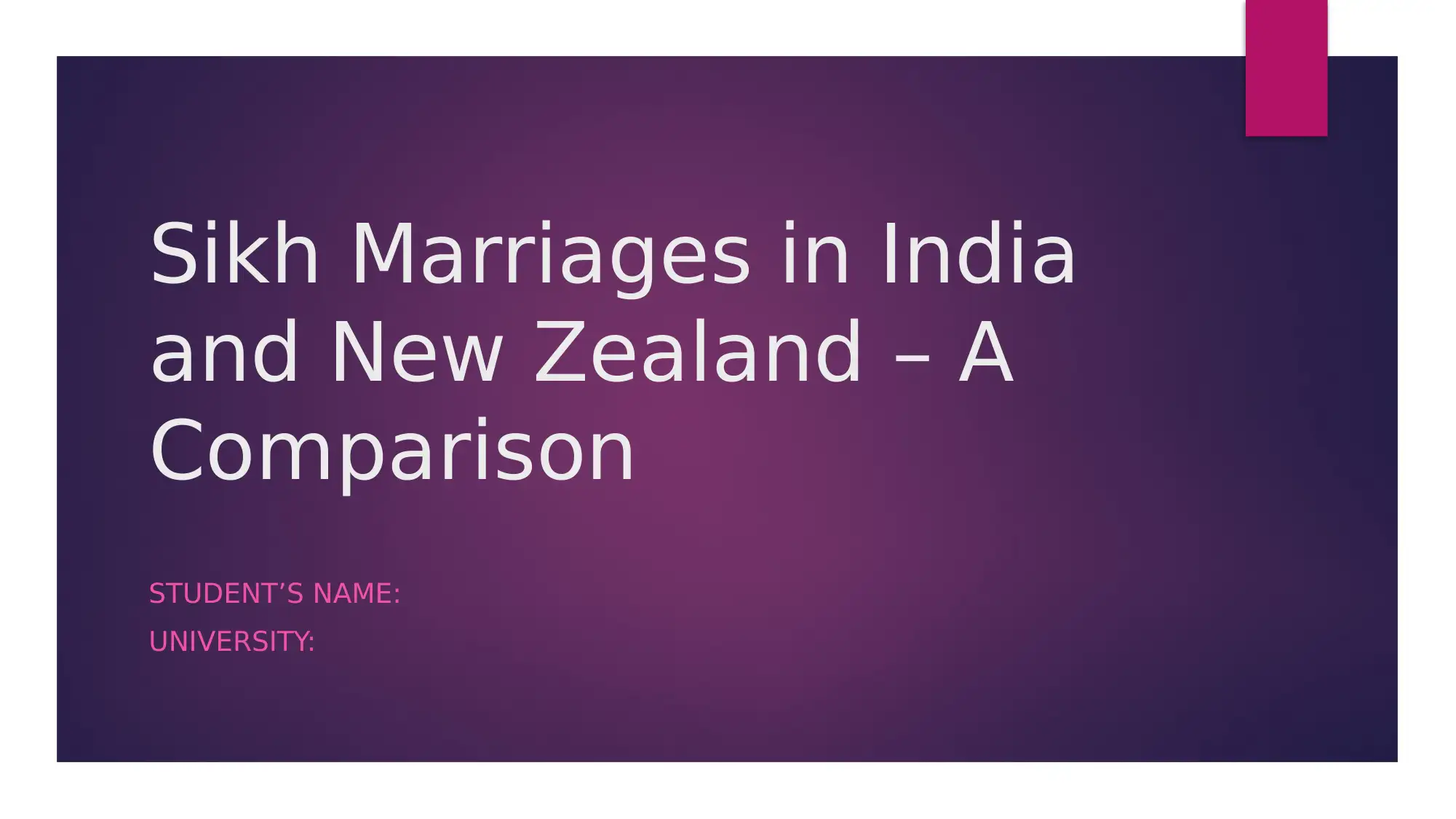
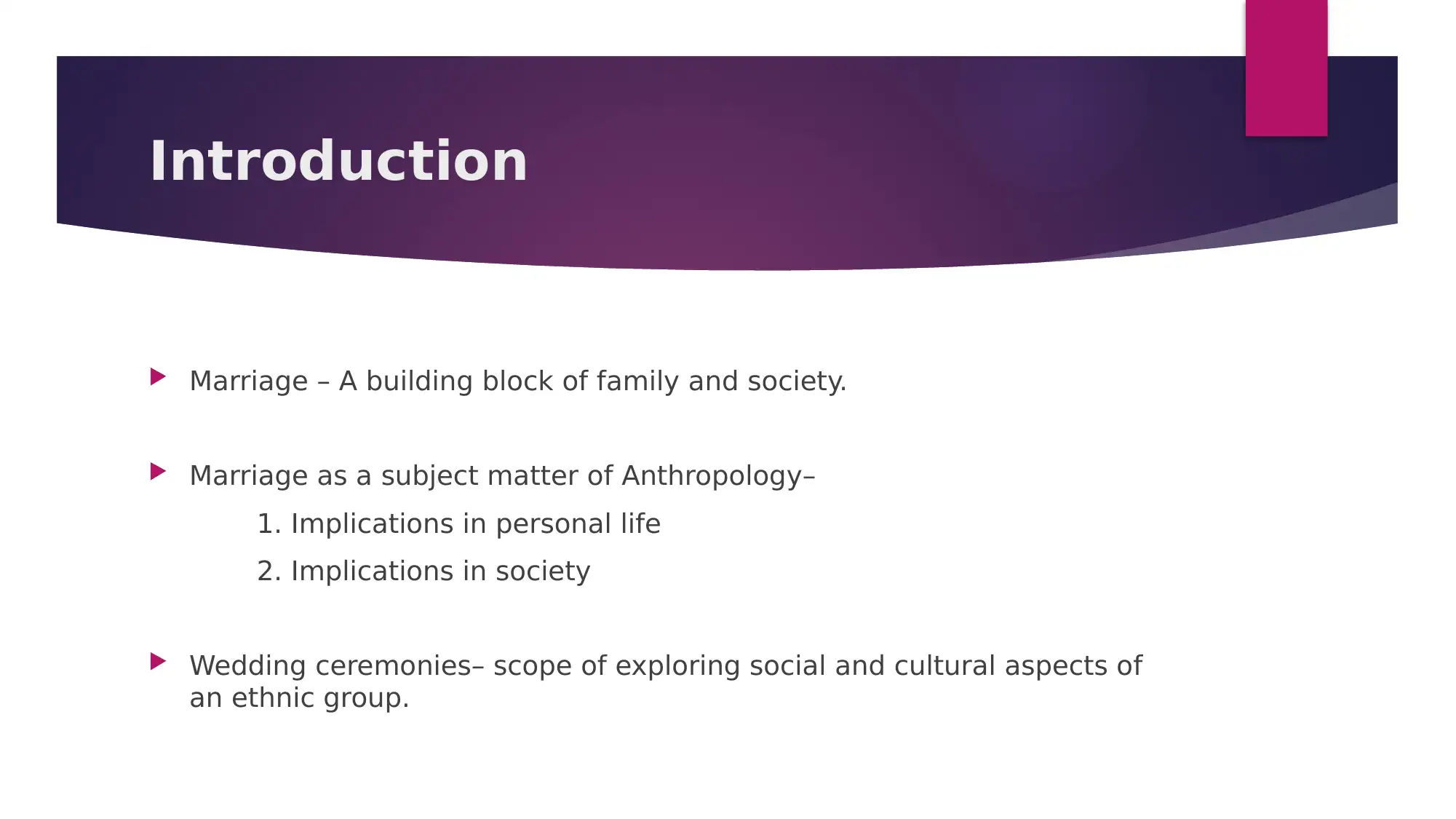
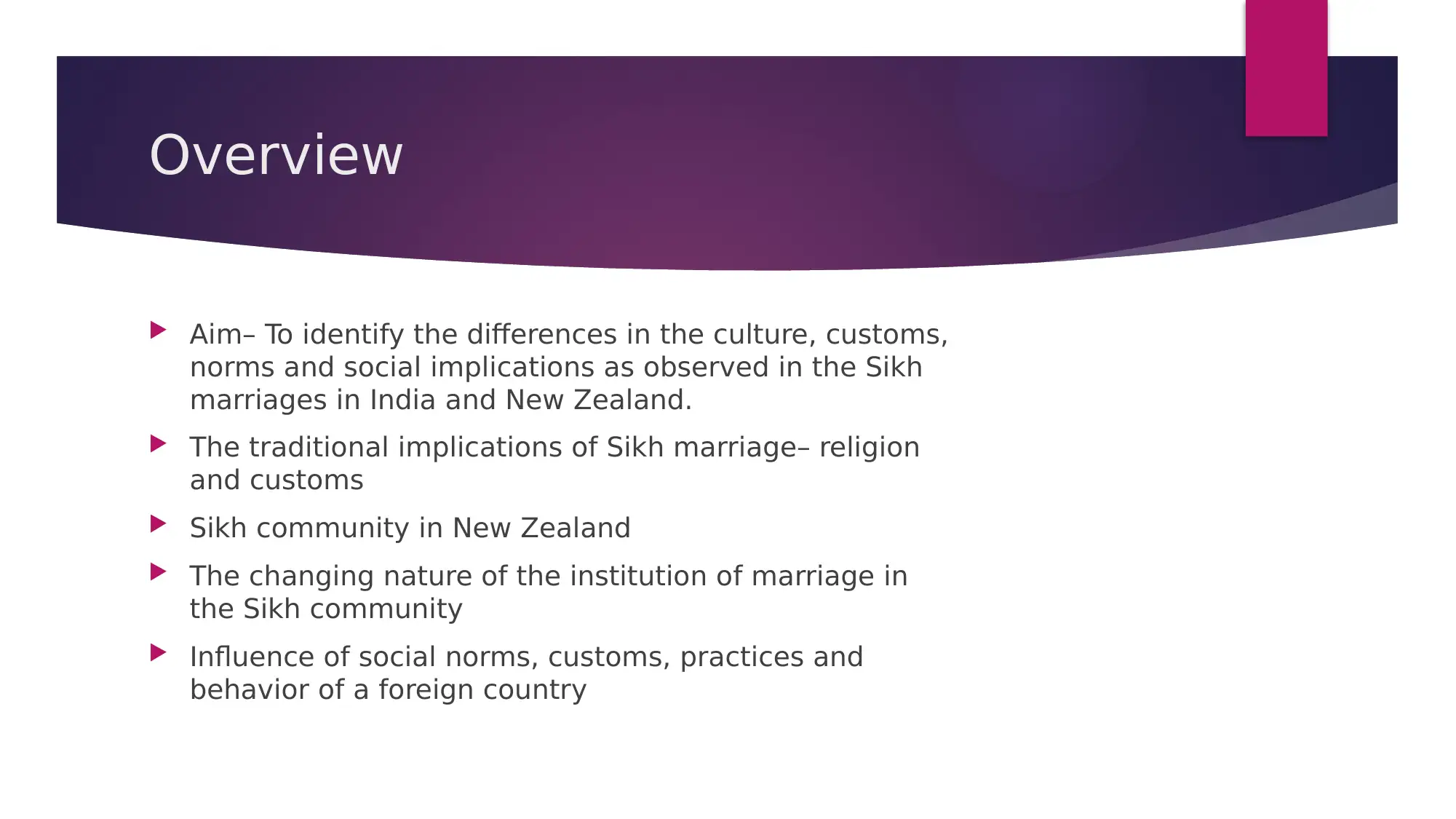

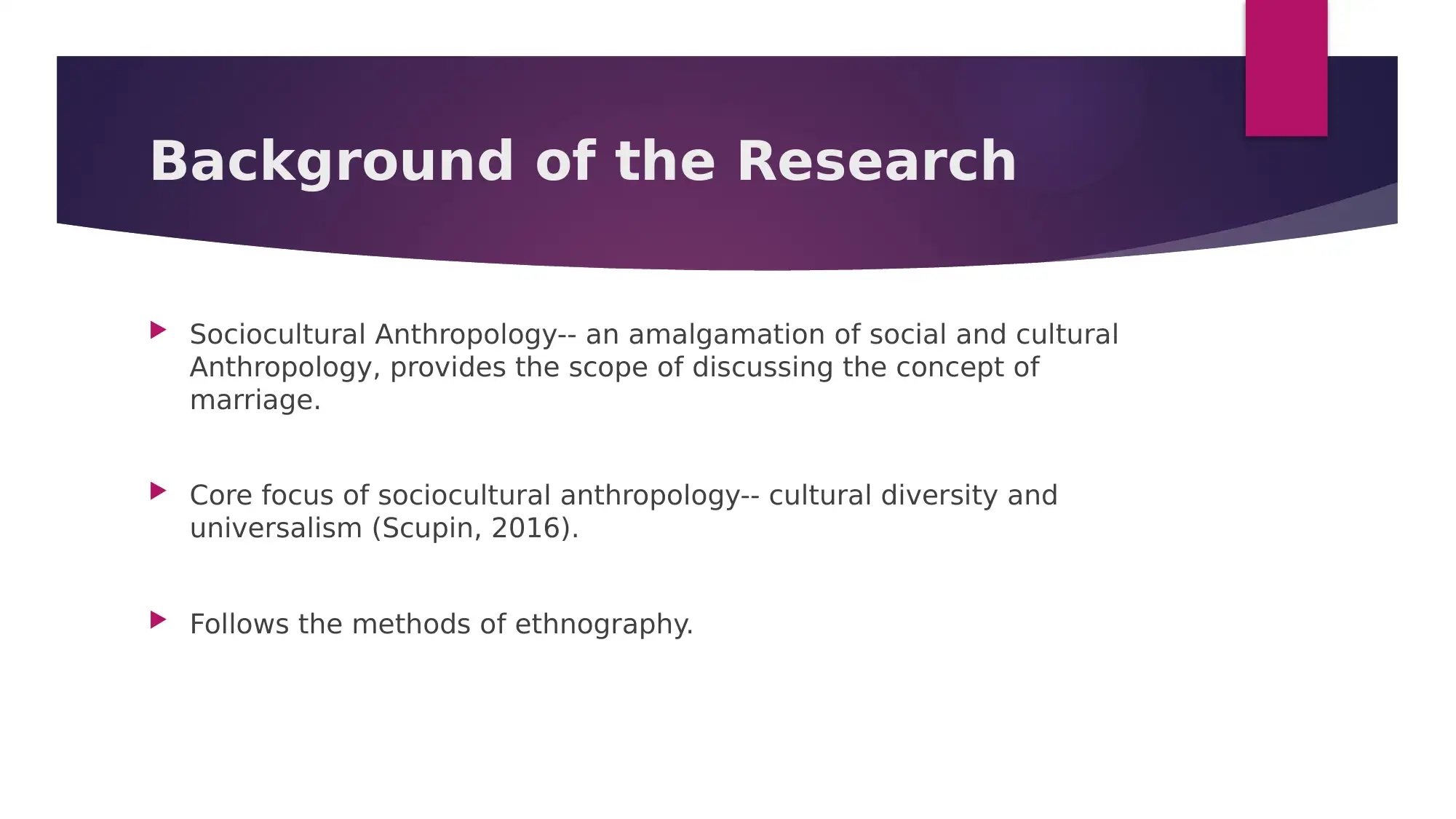
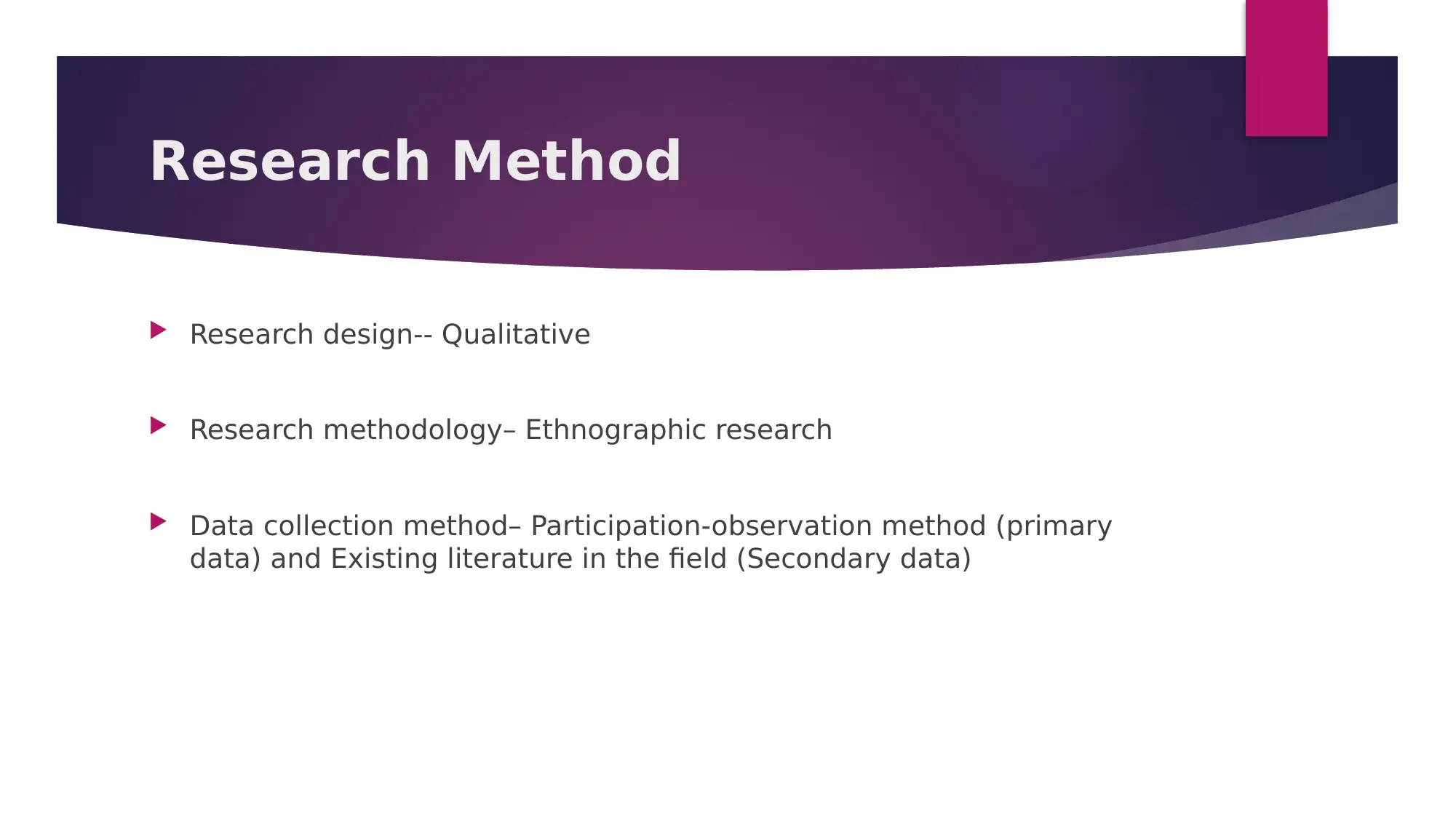
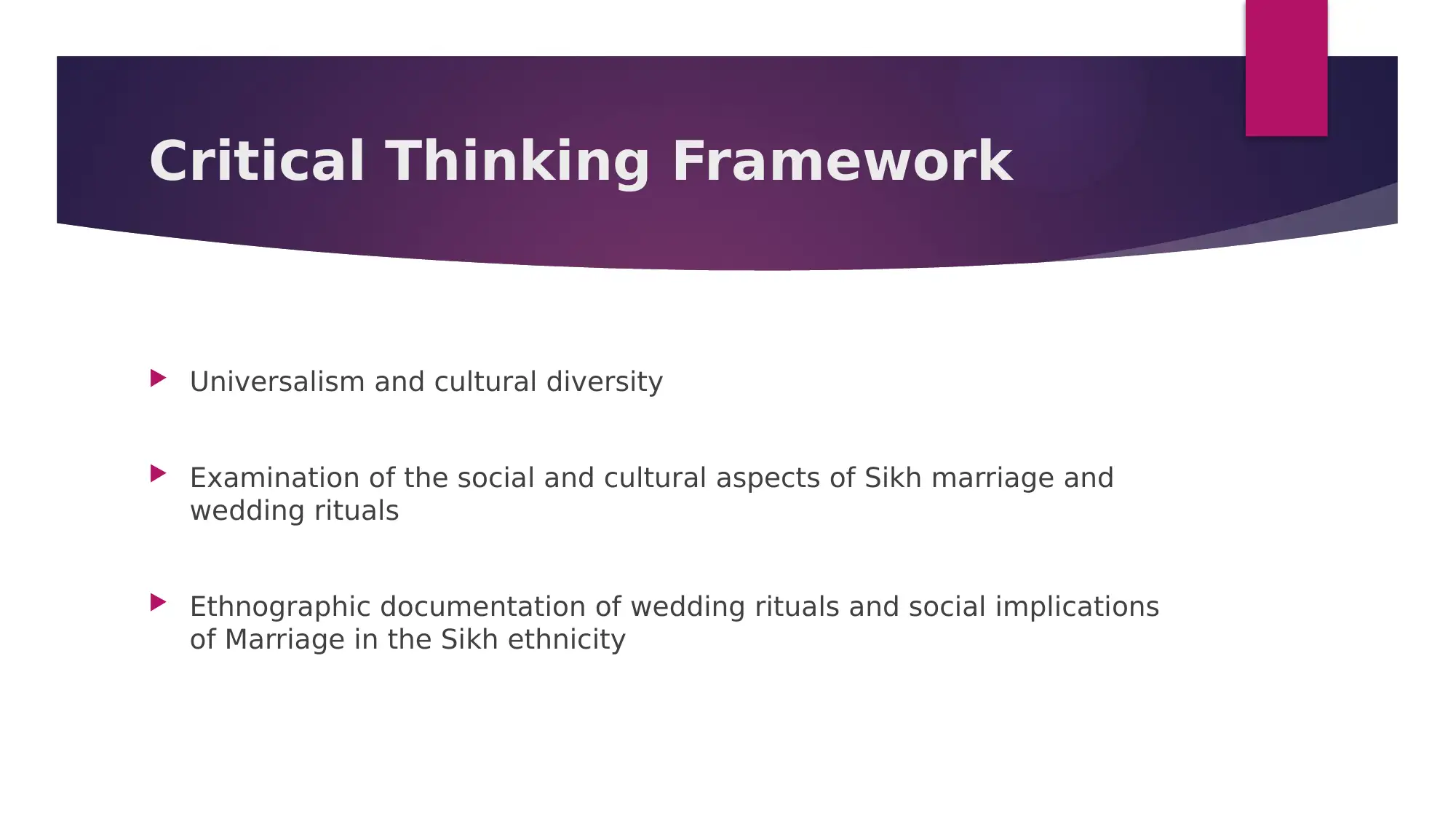
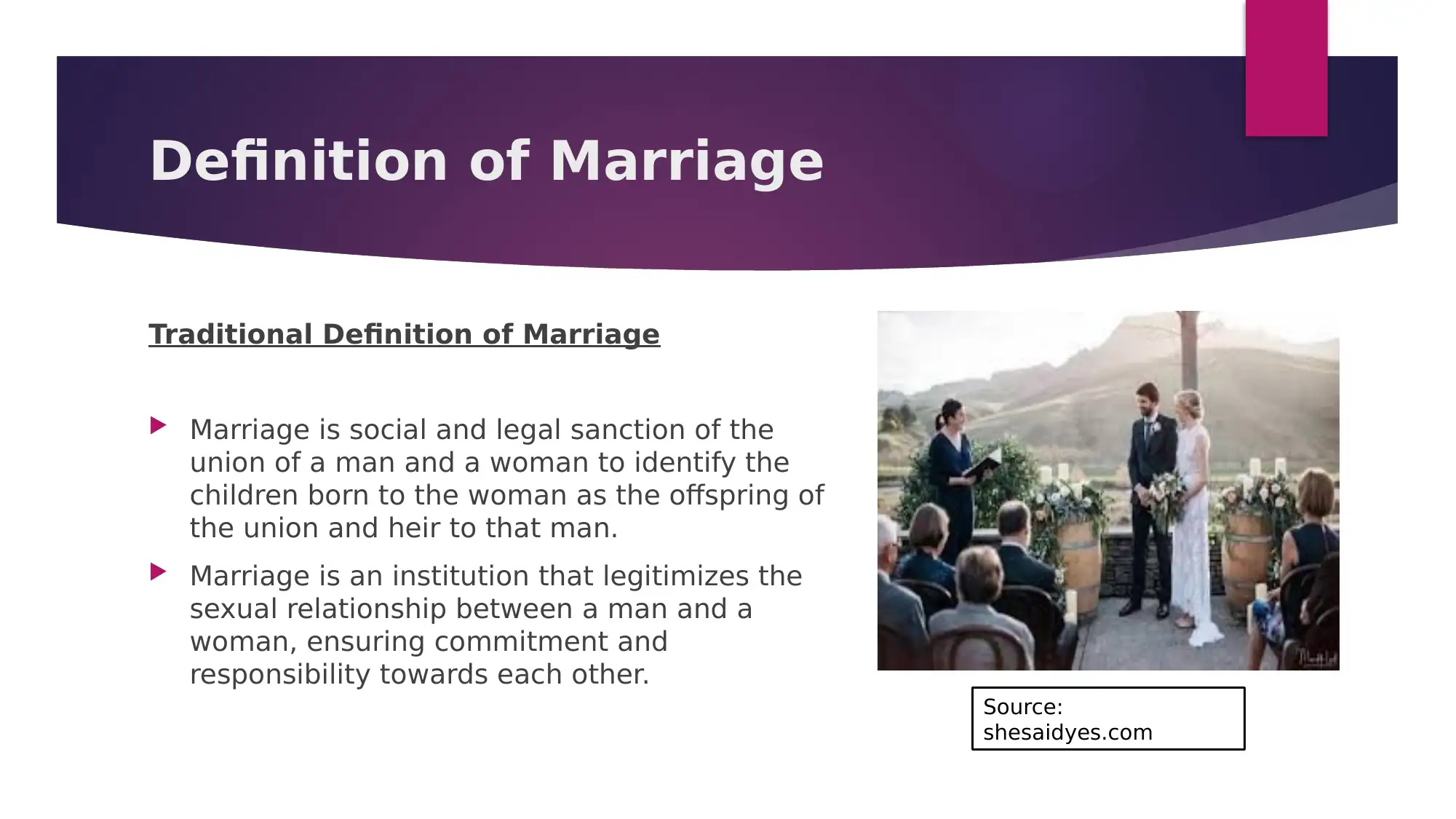
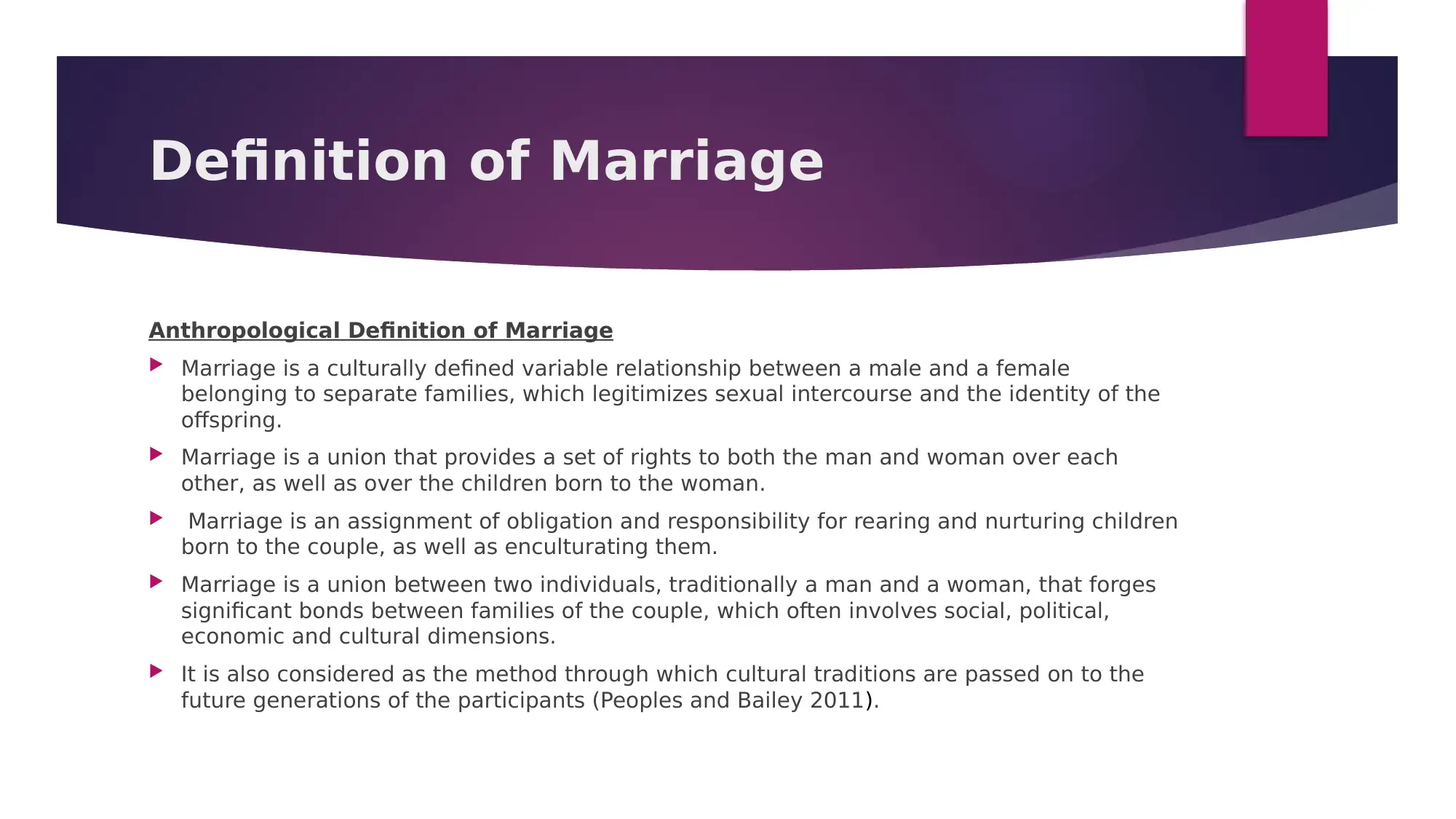
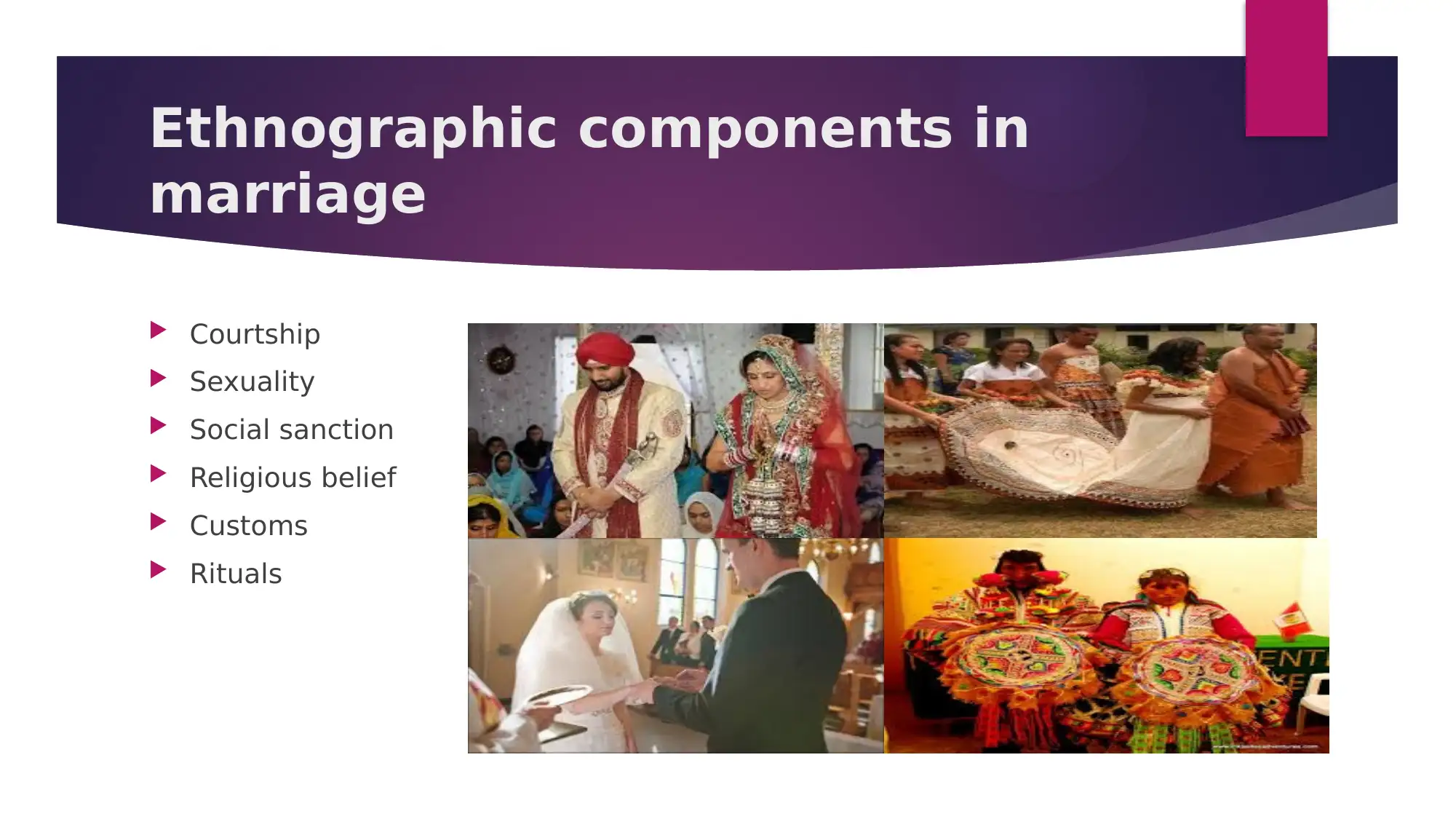
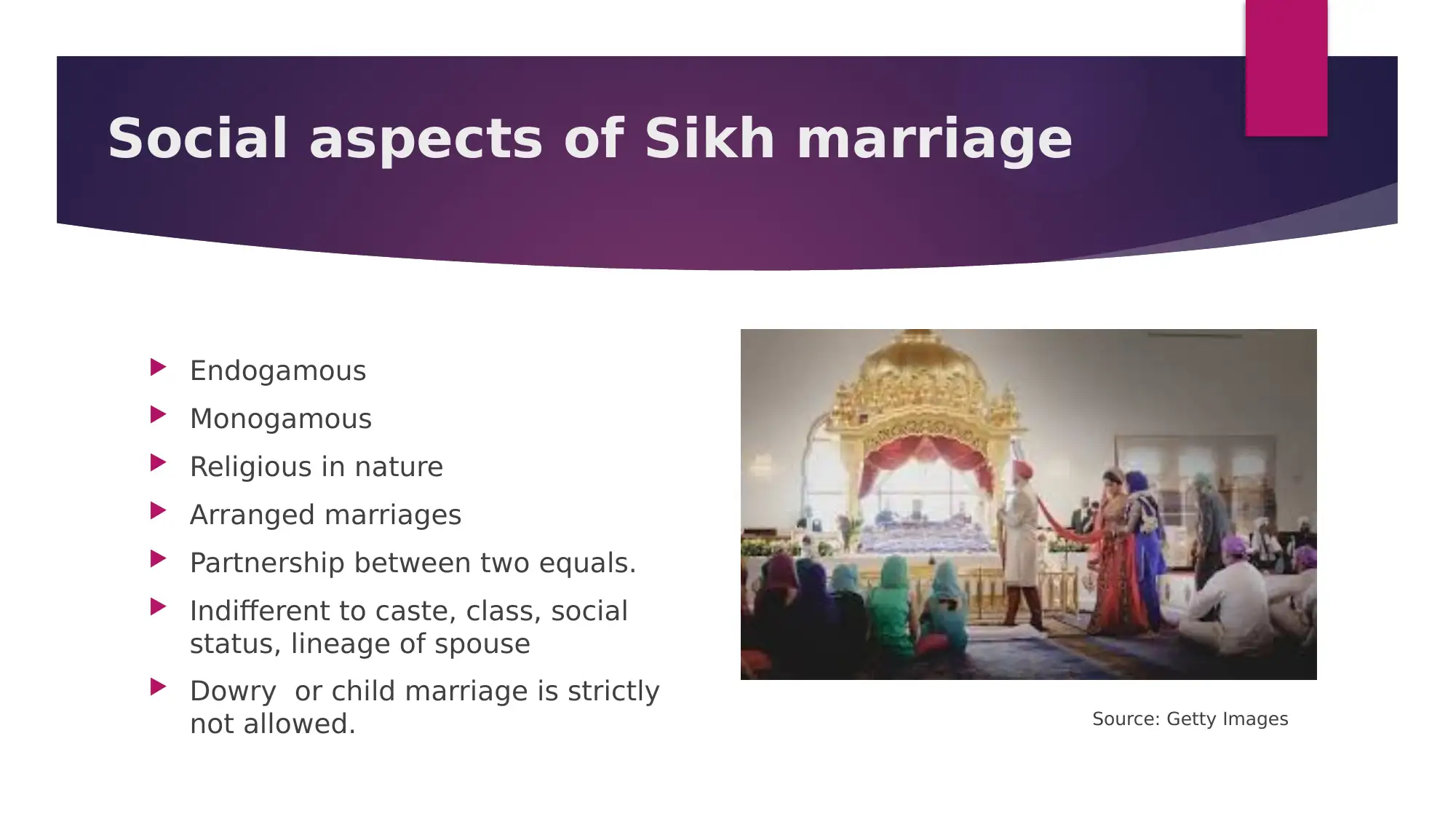
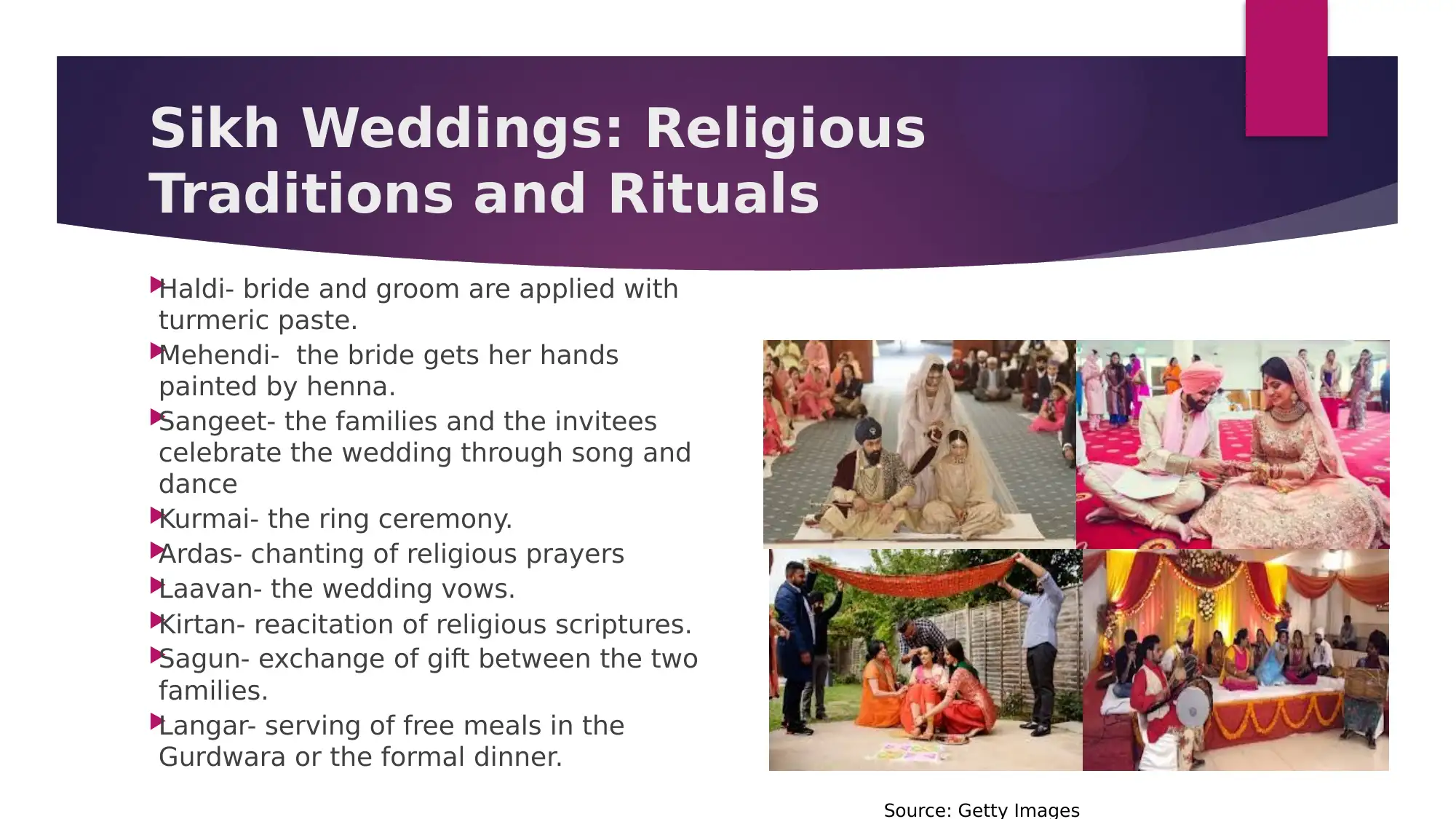
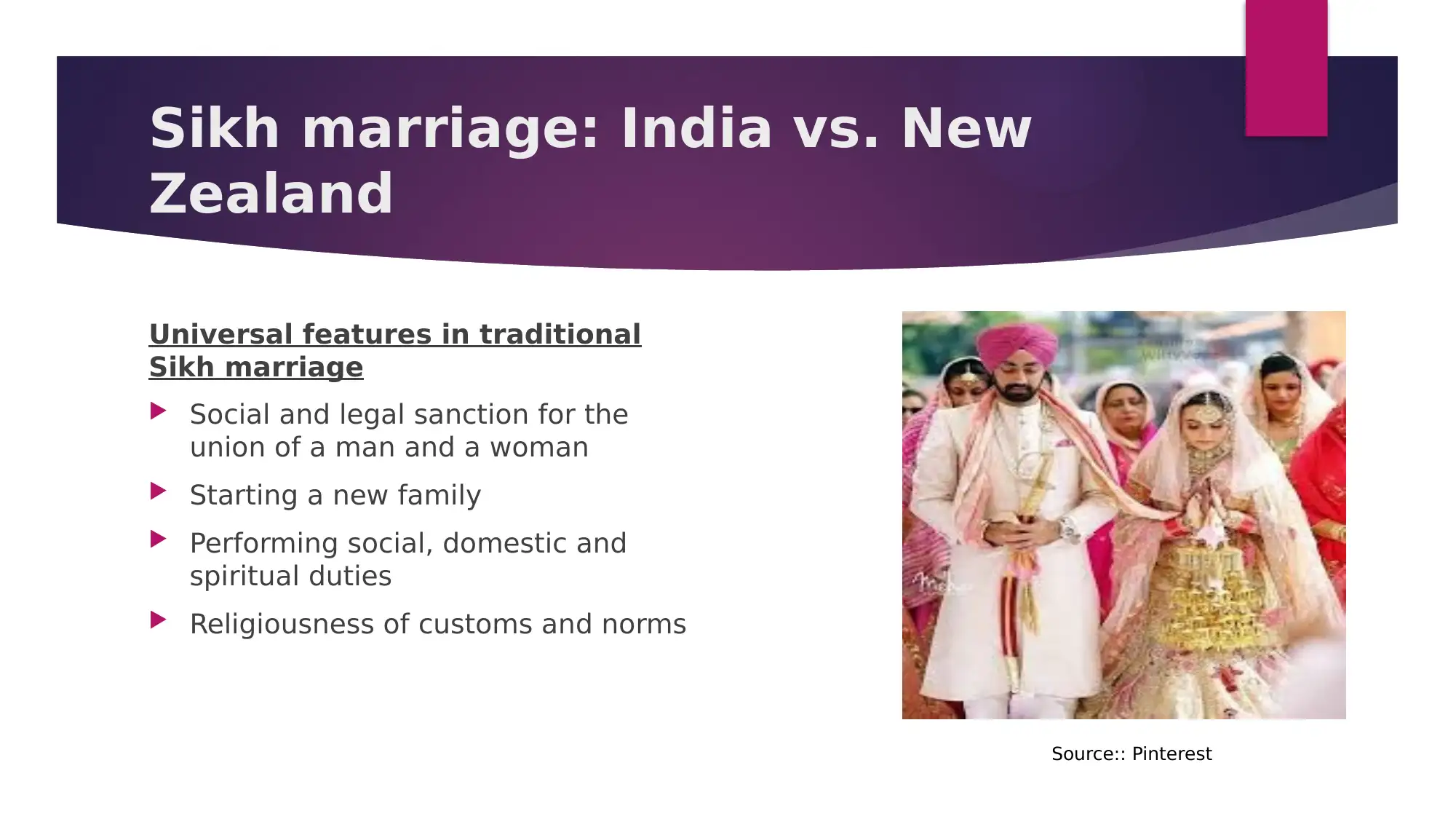

![[object Object]](/_next/static/media/star-bottom.7253800d.svg)